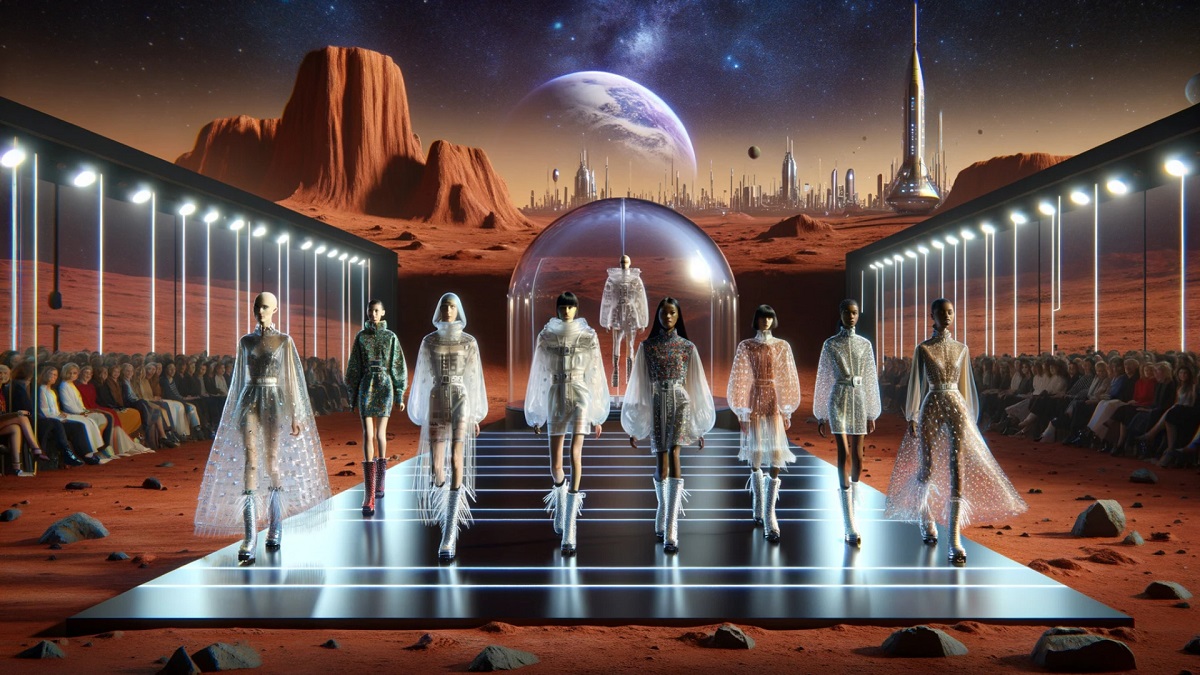
The Intersection of Fashion and Technology: Innovating Style in the Digital Age
Fashion and technology may seem like unlikely bedfellows, but in reality, they share a dynamic and symbiotic relationship that continues to shape the way we dress, shop, and express ourselves. As technology advances at a rapid pace, its influence on the fashion industry becomes increasingly evident, revolutionizing everything from design and manufacturing to retail and consumer experience. Let’s explore how these two seemingly disparate worlds converge to create a new frontier of style and innovation.
1. Digital Design and Fabrication
Advancements in digital design software and 3D printing have transformed the way fashion designers conceptualize and create garments. Digital tools allow for greater precision, experimentation, and customization, empowering designers to push the boundaries of traditional fashion design. From intricate couture pieces to avant-garde accessories, technology enables designers to bring their wildest visions to life with unprecedented speed and efficiency.
2. Smart Fabrics and Wearable Technology
The rise of smart fabrics and wearable technology has ushered in a new era of functional and interactive clothing. From garments that monitor biometric data to accessories that integrate with smartphones, wearable tech seamlessly merges fashion with functionality, enhancing both style and performance. Whether it’s a fitness tracker disguised as a chic bracelet or a jacket with built-in heating elements, wearable technology offers endless possibilities for innovation in fashion design.
3. Virtual Reality and Augmented Reality
Virtual reality (VR) and augmented reality (AR) are revolutionizing the way consumers experience fashion, blurring the lines between the physical and digital worlds. VR allows users to virtually try on clothing and accessories from the comfort of their homes, providing a more immersive and interactive shopping experience. AR technology, on the other hand, overlays digital information onto the real world, enabling consumers to visualize how garments will look and fit before making a purchase. These technologies not only enhance the convenience of online shopping but also foster greater engagement and personalization for consumers.
4. Sustainable Innovation
Technology is playing a pivotal role in driving sustainability within the fashion industry, from eco-friendly materials and manufacturing processes to circular business models and supply chain transparency. Innovations such as 3D knitting, recycled textiles, and blockchain technology are helping brands reduce waste, minimize environmental impact, and promote ethical practices throughout the entire product lifecycle. By harnessing the power of technology, fashion companies are finding innovative solutions to address the industry’s most pressing sustainability challenges.
5. Data Analytics and Personalization
In the age of big data, fashion brands are leveraging analytics to better understand consumer preferences and behavior, enabling more targeted marketing strategies and personalized shopping experiences. By analyzing data from social media, e-commerce platforms, and other sources, brands can anticipate trends, optimize inventory, and tailor their offerings to meet the unique needs and tastes of individual customers. This data-driven approach not only drives sales but also fosters stronger connections between brands and consumers.
In conclusion, the intersection of fashion and technology represents a convergence of creativity, innovation, and functionality. From digital design and wearable tech to virtual shopping experiences and sustainable solutions, technology is reshaping the fashion industry in profound ways. As we continue to embrace the possibilities of the digital age, the future of fashion promises to be more interconnected, inclusive, and exciting than ever before.










